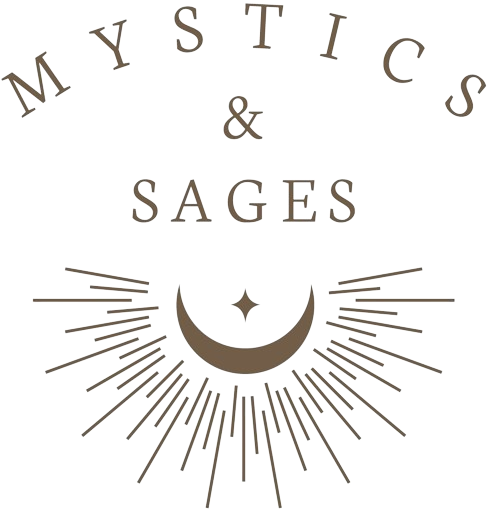
Courtly Love and Chivalry

“ My beloved is the reflected image of our hills...She is more beautiful than the white baby camels tasting milk at the breasts of their mothers”
Tuareg Love Poem
Long before courtly love and chivalry flourished in medieval France, the Tuareg culture of the Sahara held its own refined traditions of romance, valor, and artistry. Among the painted rock walls of the Sahara mountains, scenes of timeless beauty emerge. Women recline on intricately adorned leather pillows, while men play stringed instruments resembling the imzad—a sacred instrument now played exclusively by Tuareg women. The earliest poetry of the noble Tuaregs, known as izelan, sings of both heroic feats and tender devotion, celebrating the intertwining of love and honor. For the Tuareg people, words are sacred; they call themselves Kel Awal, “People of the World,” where speech becomes an art form and a foundation of community.
At the heart of Tuareg life lies a profound cosmogony—creation stories passed down through generations by imeyawen, enlightened storytellers who interpret the origins of time and existence. These narratives are oral treasures, carrying shared themes of cosmic beginnings and the division of male and female beings. This understanding of duality permeates Tuareg society, shaping the roles of men and women. Rituals, codes of conduct, and sacred traditions honor this balance, showcasing the profound reverence Tuaregs hold for creation, wisdom, and the feminine as a source of life and power.
For Tuareg men, the desert—tenere—is both a challenge and a teacher. The rite of passage into manhood is a sacred transformation that mirrors the harsh yet poetic landscape of their lives. A young boy must spend seven days alone in the solitude of the desert, learning to navigate its dangers and silence. Upon his return, he is celebrated in a ceremony known as anagad, where he receives symbols of manhood: the veil, warrior trousers, a sword, and sometimes a horse or camel. These traditions symbolize resilience, strength, and the connection between identity and environment.
Camels, once a mark of noble privilege, remain central to Tuareg life. Today, ownership of camels transcends class; they are symbols of beauty, wealth, and cultural pride. Poetry and songs celebrate their grace, and rituals honor their enduring presence in Tuareg society. From weddings to daily life, the camel remains a treasured icon, woven into the Tuareg identity. Yet, as the winds of modernity sweep through the Sahara, the pastoral values that once upheld this nomadic way of life face decline. Traditional boundaries are dissolving, and resistance to noble privileges grows—a reminder that culture, while resilient, is ever-changing.

